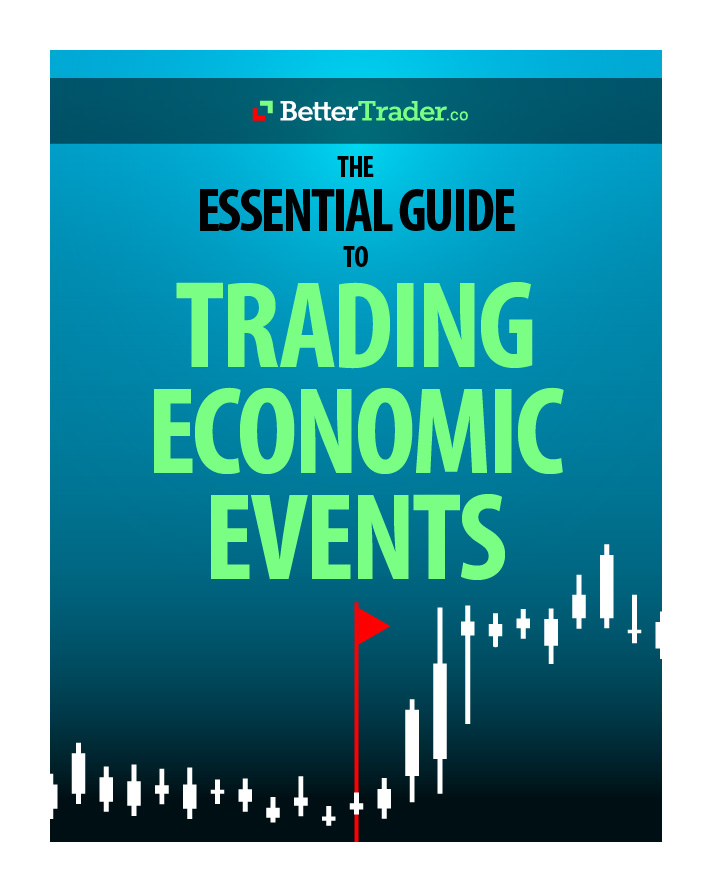Bollinger Bands are a technical analysis tool that is used by traders to help direct price movements. Bollinger Bands consist of two lines which are two standard deviations away from the simple moving average of a security price. One band represents two standard deviations negative, while the other is positive. These bands, however, can be adjusted by the amount of SD’s away according to the trader’s preferences. The Bollinger Bands analysis was coined by the famous trader, John Bollinger.
The idea behind the Bollinger Bands is that because standard deviations represent volatility, the wider the bands get from the moving average, the more volatile the security is at that moment.
The first step – Calculate the moving averages
Typically, Bollinger Bands follow the 20-day simple moving average. To begin, the trader should calculate the moving average by taking the mean of the closing prices over the last 20 days. Then, one should take the standard deviation by taking the square root of the variance (calculated by taking the average of the squared differences of the mean). From a data set, the standard deviation represents how to spread out the data set is from the mean. To calculate two standard deviations, multiply the standard deviation by two and add/subtract the SD from the mean. This difference will create a point, for the bands, and with many data points, the bands can be formed.
How to use the bands
Traders use the bands to show the volatility of a security. Moreover, the closer the price of the security is to the upper band, the more traders believe the security is overbought. The closer it is to the lower band, the more oversold it is portrayed.
When the moving average reaches above or falls below the Bollinger Bands, this represents a period of significant trading volatility.
When the bands come closer together, the result is often called a “squeeze”, which represents a period of low volatility. Due to the law of averages, after periods of extended low volatility, high volatility is bound to occur, so traders should be prepared to enter trades during squeeze scenarios. However, since wide bands represent high volatility, the traders should be prepared to exit their trades when the bands begin converging.
Concluding remarks
The Bollinger Bands are a great tool to add to one’s trading arsenal. However, they are not the only tool available. It is recommended that traders add Bollinger Bands to two or three other trading indicators, such as the MACD or RSI, to gain multiple perspectives about the potential for stock volatility.













